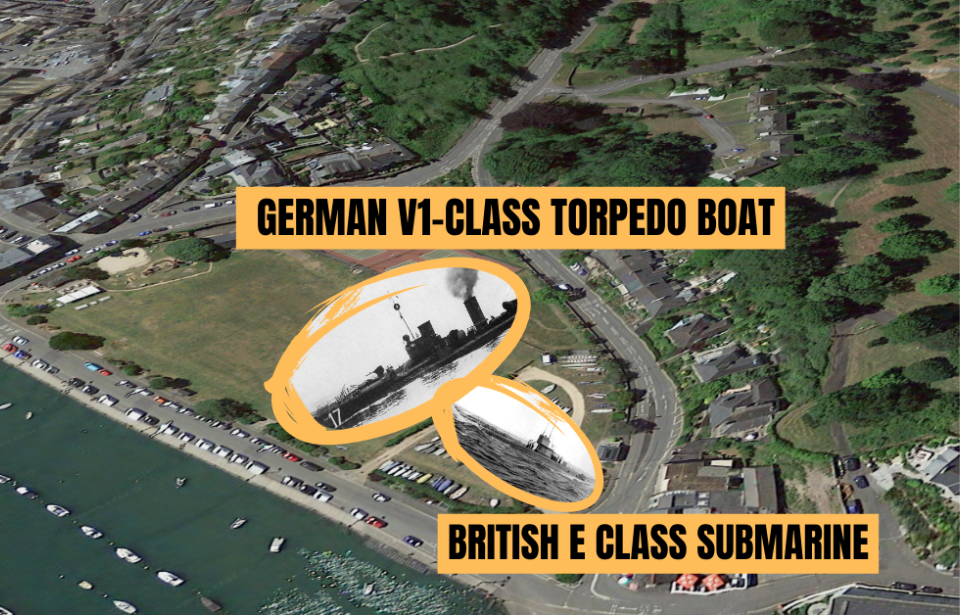There’s long been an urban legend surrounding Dartmouth’s Coronation Park, which states a Royal Navy submarine is buried beneath the green space. Residents of the small British town have circulated the rumor for decades and, now, it seems that the claims may be true, according to a team of researchers from the University of Winchester.
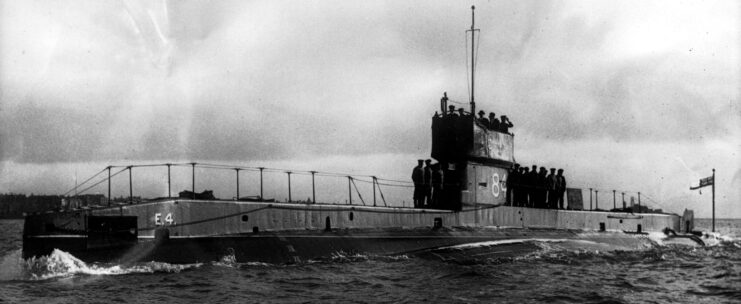
Coronation Park sits atop what used to be a landfill along the British coast, and first opened to the public in 1937. Through the use of ground-penetrating radar (GPR), the team from the University of Winchester were able to scan the area, to see if there actually was a Royal Navy submarine buried beneath the park.
What they found was the “vague outline of what is thought to be HMS E52.” What’s more, they also discovered evidence of a German torpedo boat destroyer, which is believed to be the SMS S24, which was given to the British following World War I.
“The ‘submarine under the park’ is a local legend, and it could make a wonderful tourist attraction if we could identify its exact location,” said Dr. Simon Roffey, Reader in Archaeology at the University of Winchester, in a press release by the Royal Navy. “We know that there was a torpedo boat there but everyone assumed that it had been moved. Maybe it was stuck fast in the mud and they just left it there.”
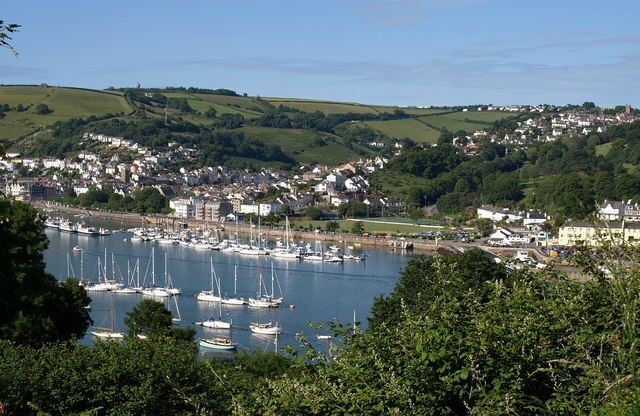
HMS E52 was an E-class submarine that served with the Royal Navy during the First World War. Her most famous action of the conflict was the sinking of the German U-boat UC-63 near the Goodwin Sands, in November 1917. The enemy vessel had taken out 36 Allied vessels, meaning her sinking was a win for the British. Only one German crewman survived.
In January 1921, E52 was sold for scrap to Brixham Marine & Engineering Company. After being stripped, she was taken to the River Dart, where she and other vessels were supposedly used to strengthen a riverbank and create Coronation Park.
SMS S24 was a V1-class torpedo boat destroyer that entered service with the Imperial German Navy in 1913. She served as part of the German High Seas Fleet during WWI, with her most notable engagement being the Battle of Jutland. The fighting saw more than 8,000 Allied and German personnel killed, as well as the loss of several vessels.
As part of the Treaty of Versailles, S24 was given to the British, who sold her for scrap in 1920.
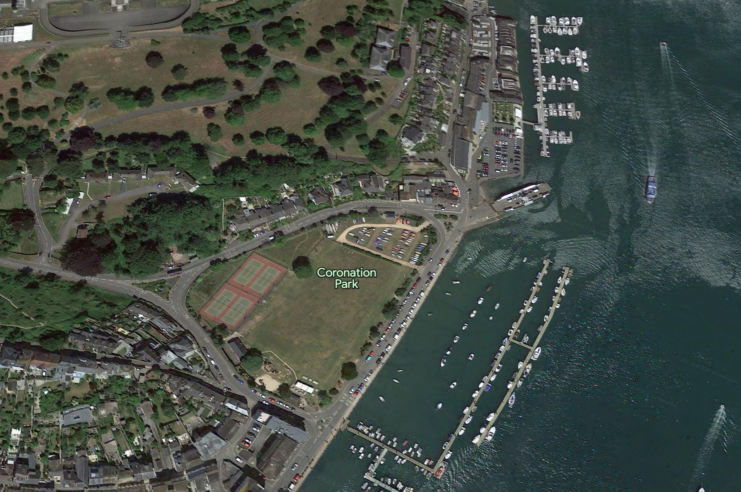
For decades, locals have spoken of the buried submarine in Coronation Park, but it wasn’t until recently that a name was put to the Royal Navy vessel, thanks to Lt. Tom Kemp. This sparked the team from the University of Winchester – Roffer and Dr. David Ashy, who manages the school’s Soil Laboratory – to locate the submersible.
Teaming up with Kemp, who teaches navigation at Britannia Royal Naval College, the pair were able to focus on a particular corner of the 20,000-square-meter park where the HMS E52 was likely buried – the northeast section, to be exact. Their scans were compared to an aerial photo of Dartmouth taken in the 1920s, which shows two vessels sitting on the mudflats.
“It’s been my personal hobbyhorse for the better part of the past year,” Kemp said in the press release. “Confirming the final resting place of one of His Majesty’s Submarines – and a pretty successful one at that – would serve to remind and reiterate that our naval heritage is all around us and can often be clawed back from obscurity. Our time and energy could scarcely be better spent.”
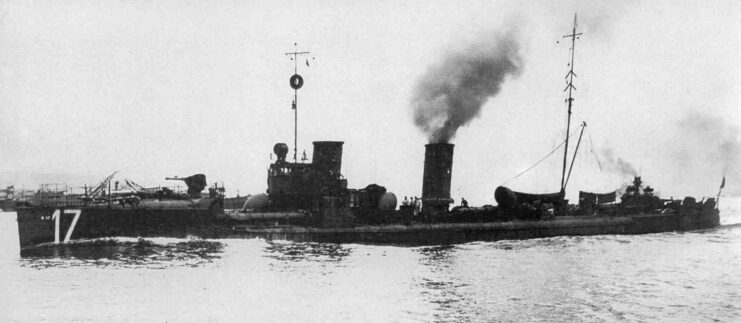
More from us: Impressive 24,000 Visitors Attend TANKFEST 2023
The team is currently seeking permission to dig small bore holes to identify a piece of equipment or metal that’s unique to the HMS E52.
